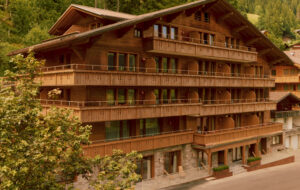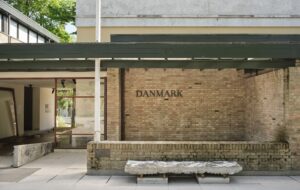|
|
||
|
The city is being militarised as the conflicts in the global south come back to haunt us, says Anna Minton Drones – the unmanned aerial vehicles used in Afghanistan and Iraq – now fly (unarmed) over UK cities. MI5 and police are able to access the digital number plate tracking system that enables the London congestion charge to work. The US military makes the most popular urban warfare video games and the Hummer, the SUV based on an armoured vehicle, remains the car of choice for millions of Americans. GPS was first deployed for precision killing during the first Gulf War. These are all examples of the “new military urbanism”, the subtitle of Stephen Graham’s disturbing account, Cities under Siege. Graham shows how military technologies have seeped into everyday use, blurring the line between the military and civilian spheres. The security during global sporting events and political summits, the military response to Hurricane Katrina and the business of “homeland security” in US cities are, he argues, all low-intensity military operations comparable to urban warfare in Iraq. This recalls Foucault’s boomerang effect, which emerges as a central theme of the book. Just as 19th-century European colonial nations imported fingerprinting, panoptic prisons and Hausmannian boulevards after first experimenting with them on colonial frontiers, so today military techniques honed in the war zones of the global south are brought back home. These can range from Israeli drones to Israeli expertise in population control for international sporting events. Militaries develop skills in mock-Arab mini-cities dotting the heartlands of the US, the deserts of Kuwait and Israel and even England’s South Downs. Created by military specialists, video game companies and theme park designers, these are the venues for real war games. Graham acknowledges that cities have, of course, always been agents and targets of war. During the Cold War suburban sprawl was encouraged by military planners for reducing vulnerability to nuclear attack, while the US interstate highway system was initially called the defense highway system – the sort of fascinating nugget the book is packed with. But his argument is that contemporary “asymmetric” warfare takes place in cities, replacing a long period of military history preoccupied with nuclear exchanges or massed tank engagements across rural plains. An accompanying theme is the tendency among military planners to demonise cities as cosmopolitan and, therefore, dangerous. Graham shows this is not limited to the propagators of the War on Terror, but is mirrored by radical Islam. 9/11 hijacker Mohamed Atta graduated in architecture and town planning and wrote a thesis decrying western modernist architecture in Arab cities. Graham, professor of cities and society at Newcastle University, has an unrivalled collection of academic titles behind him, most notably the landmark text “Splintering Urbanism”. This is his first attempt to put an increasingly urgent issue before a mainstream audience. And it’s a rigorously researched, pioneering book packed with disturbing and at times astonishing information.
Cities Under Siege, by Stephen Graham, Verso, £20 |
Words Anna Minton |
|
|
||


















